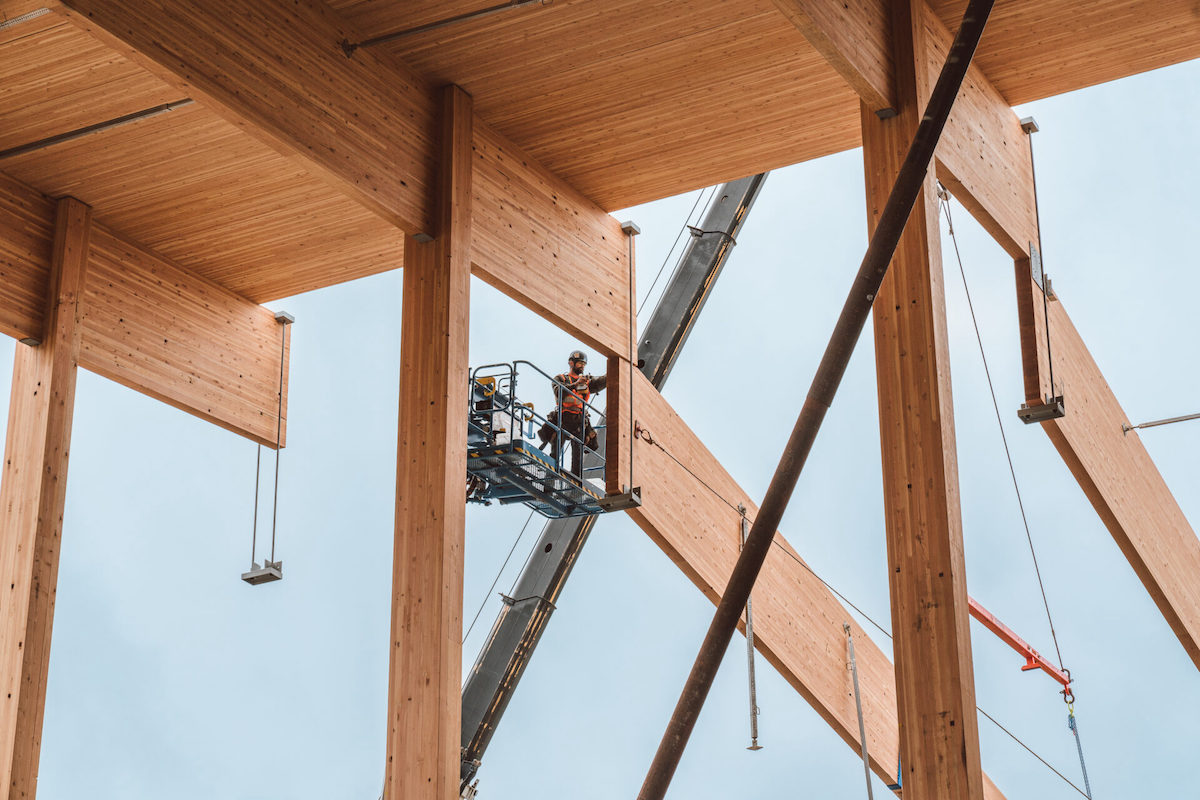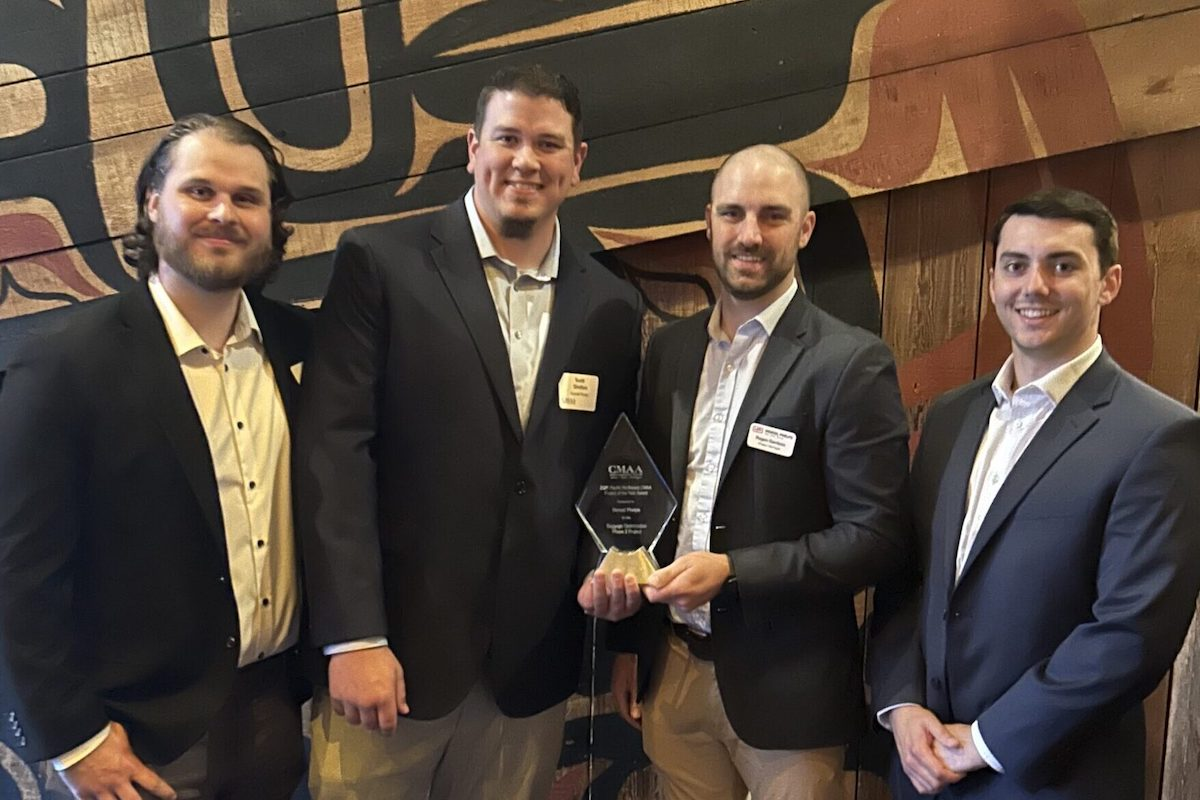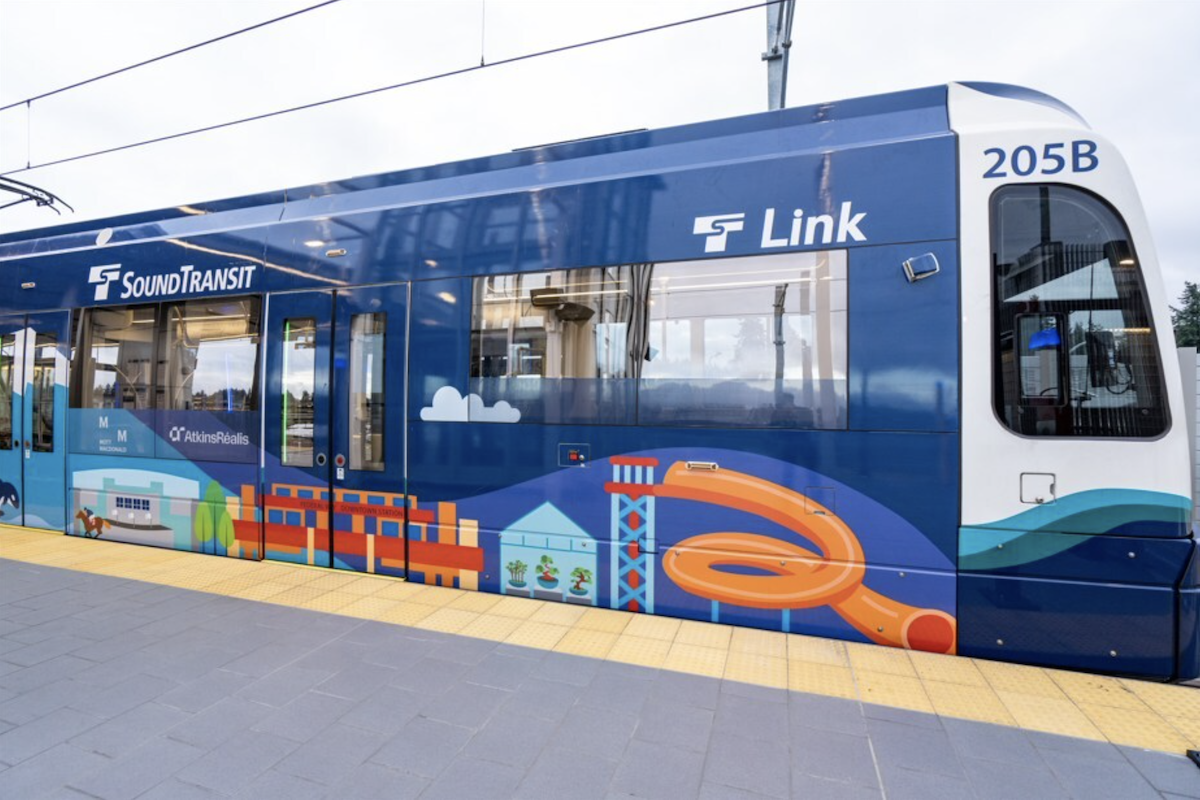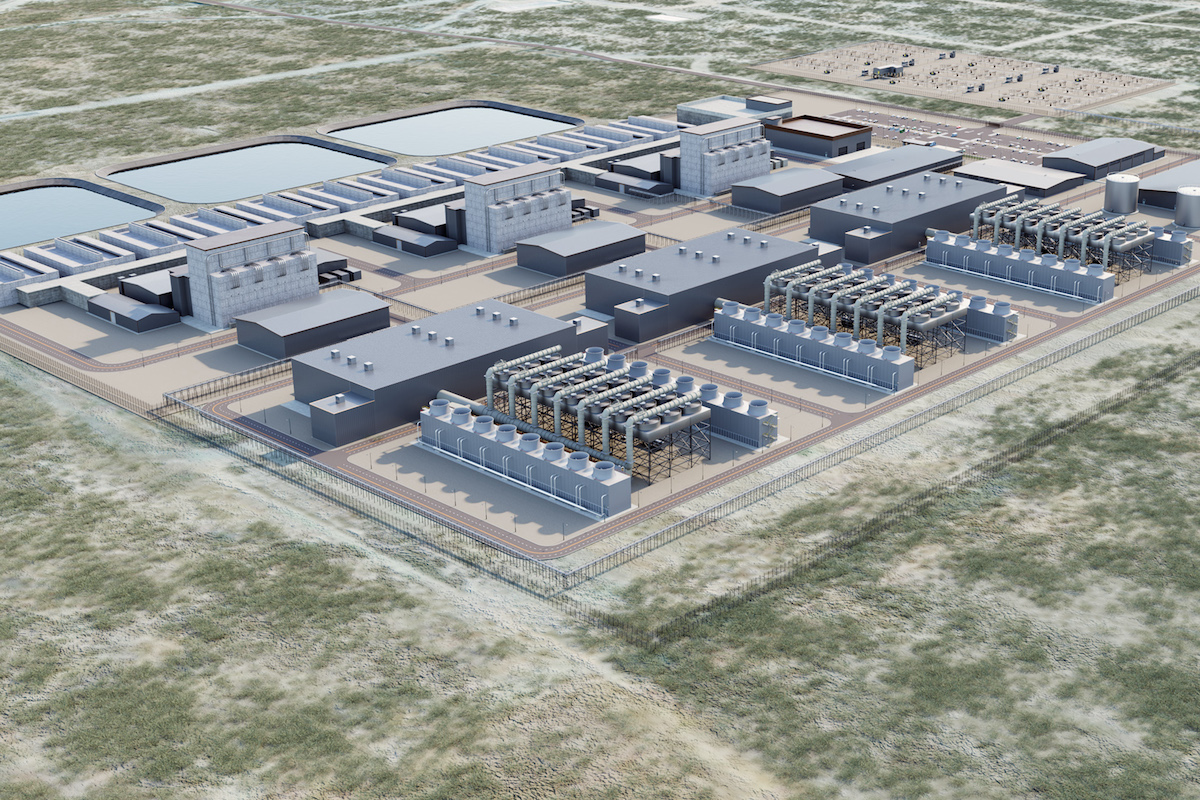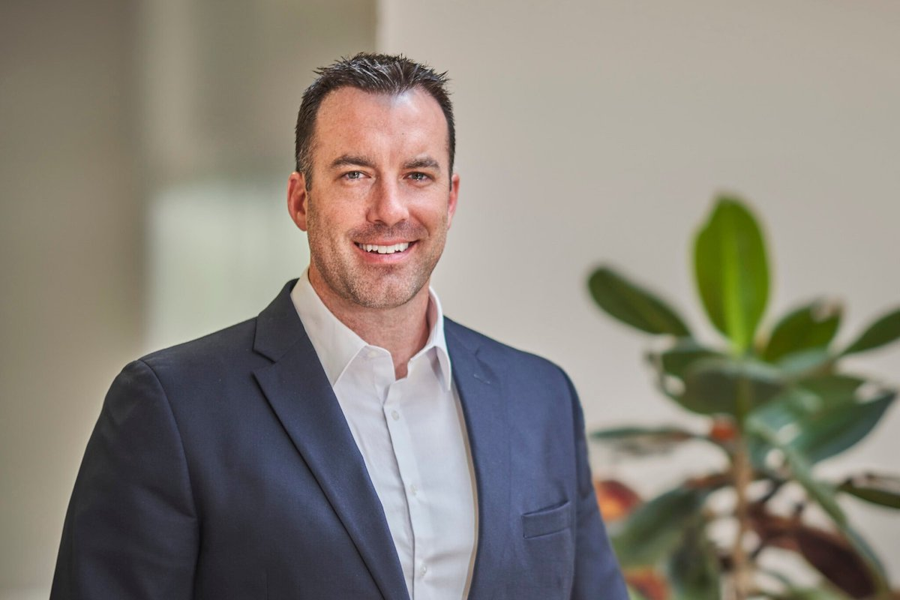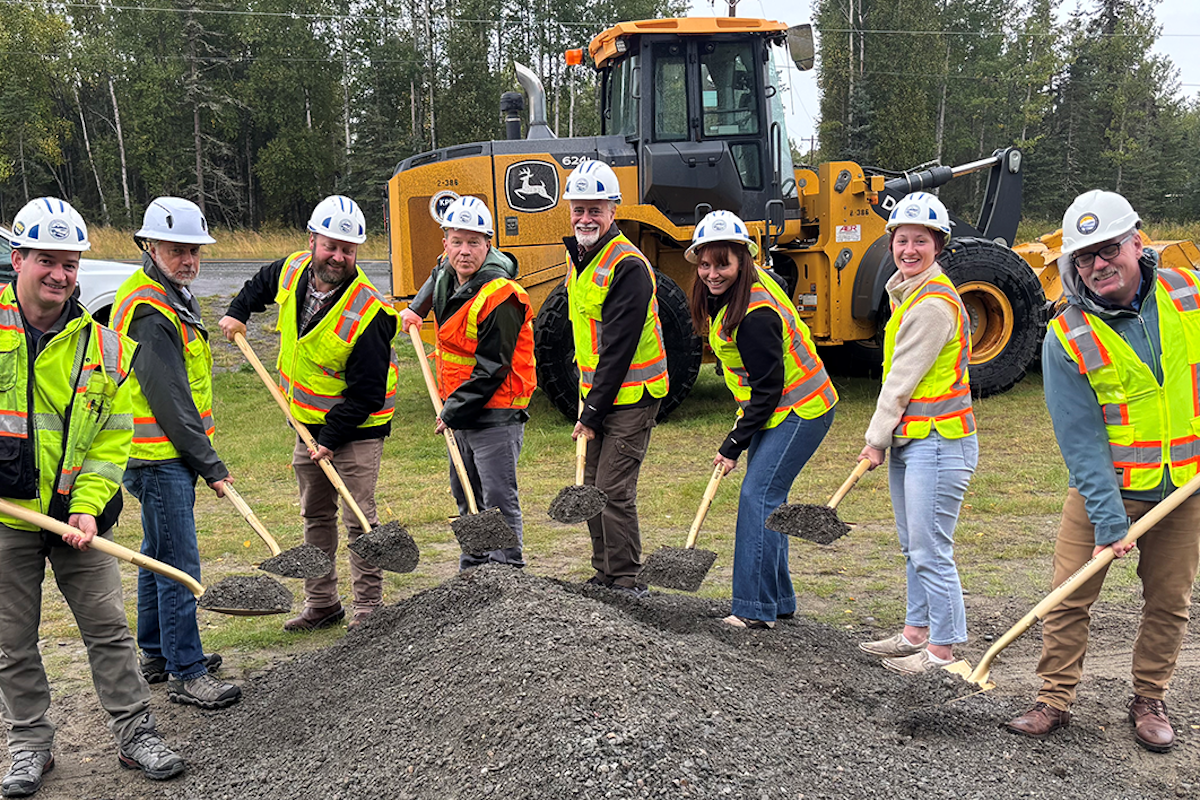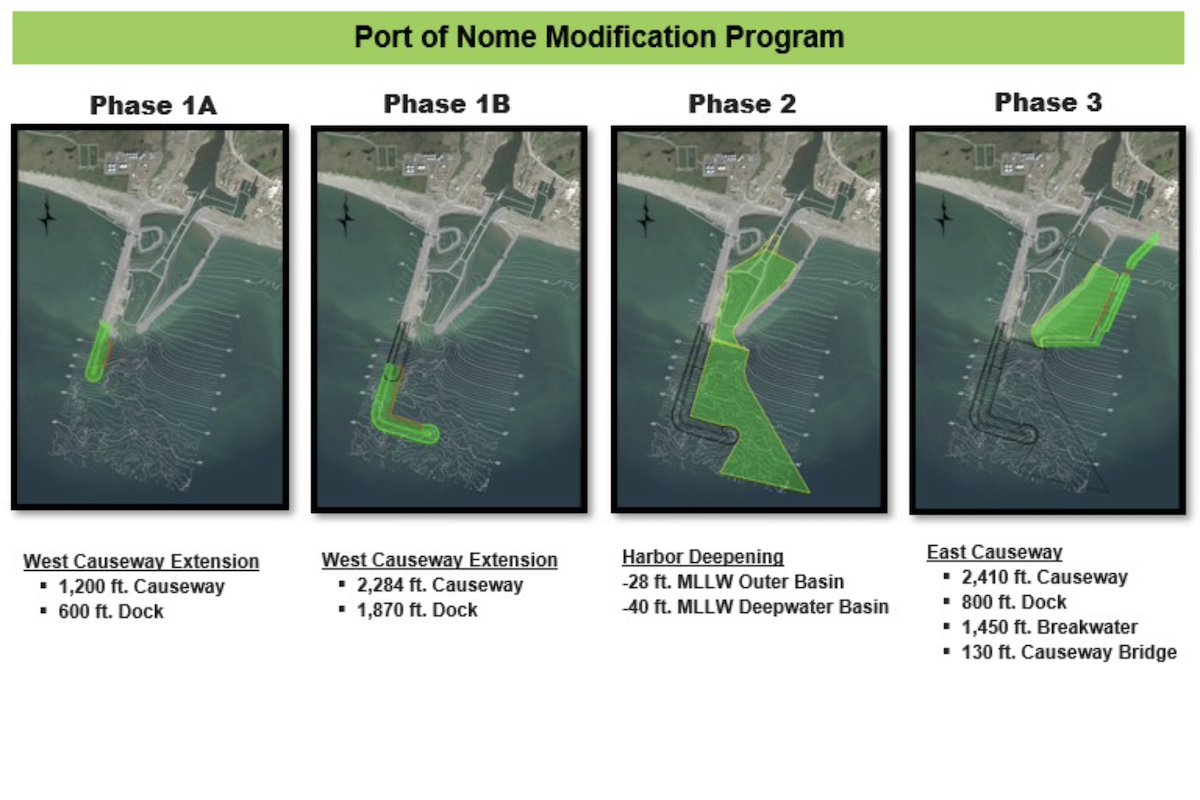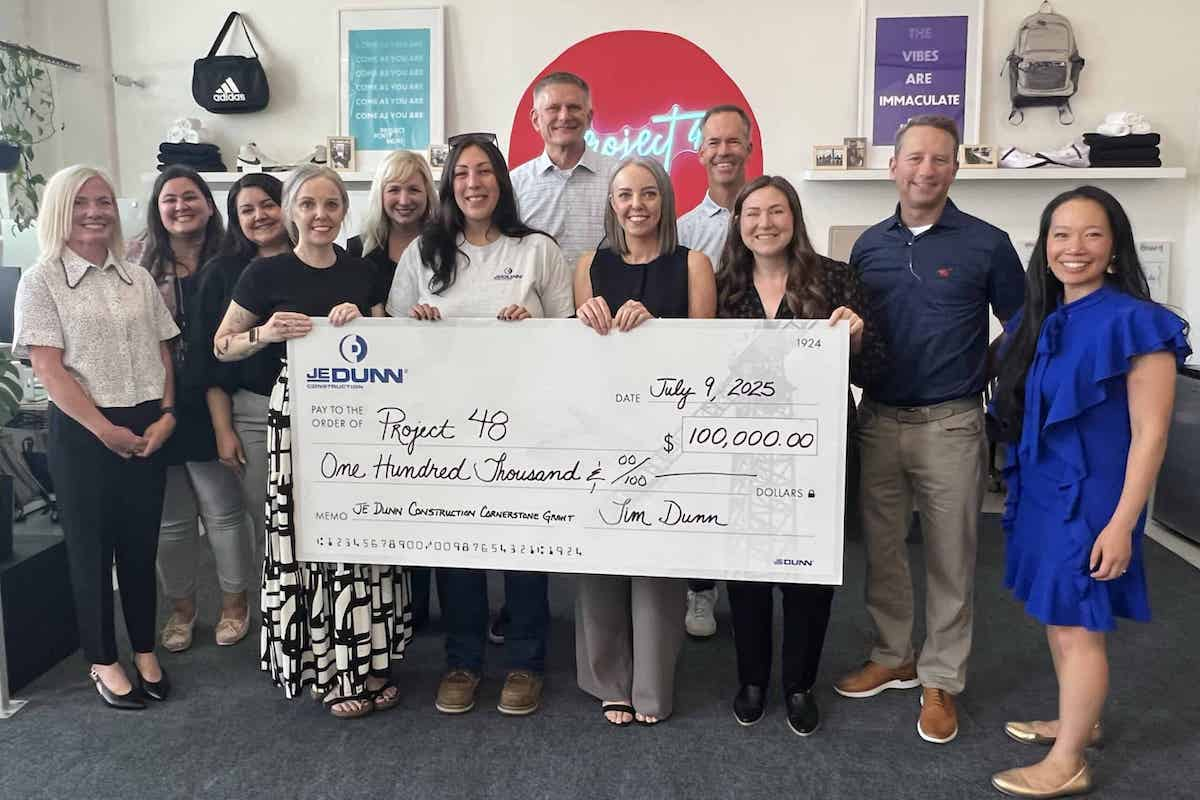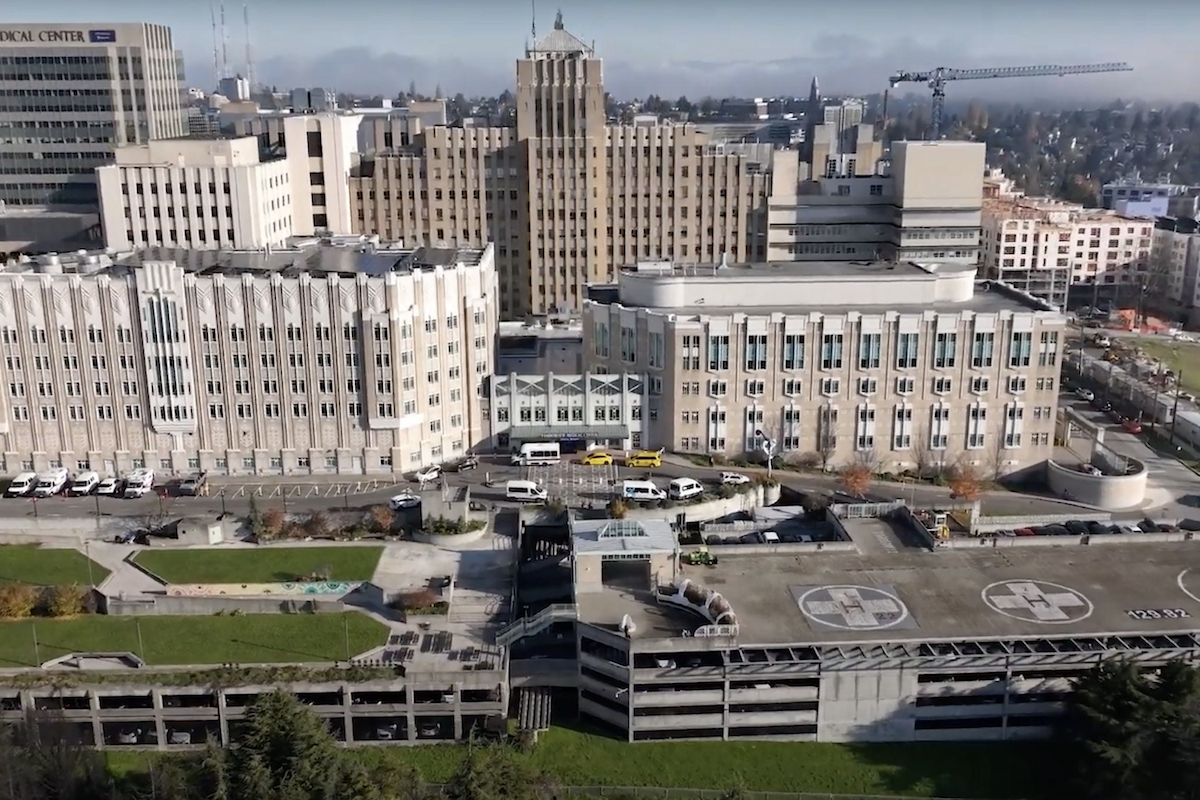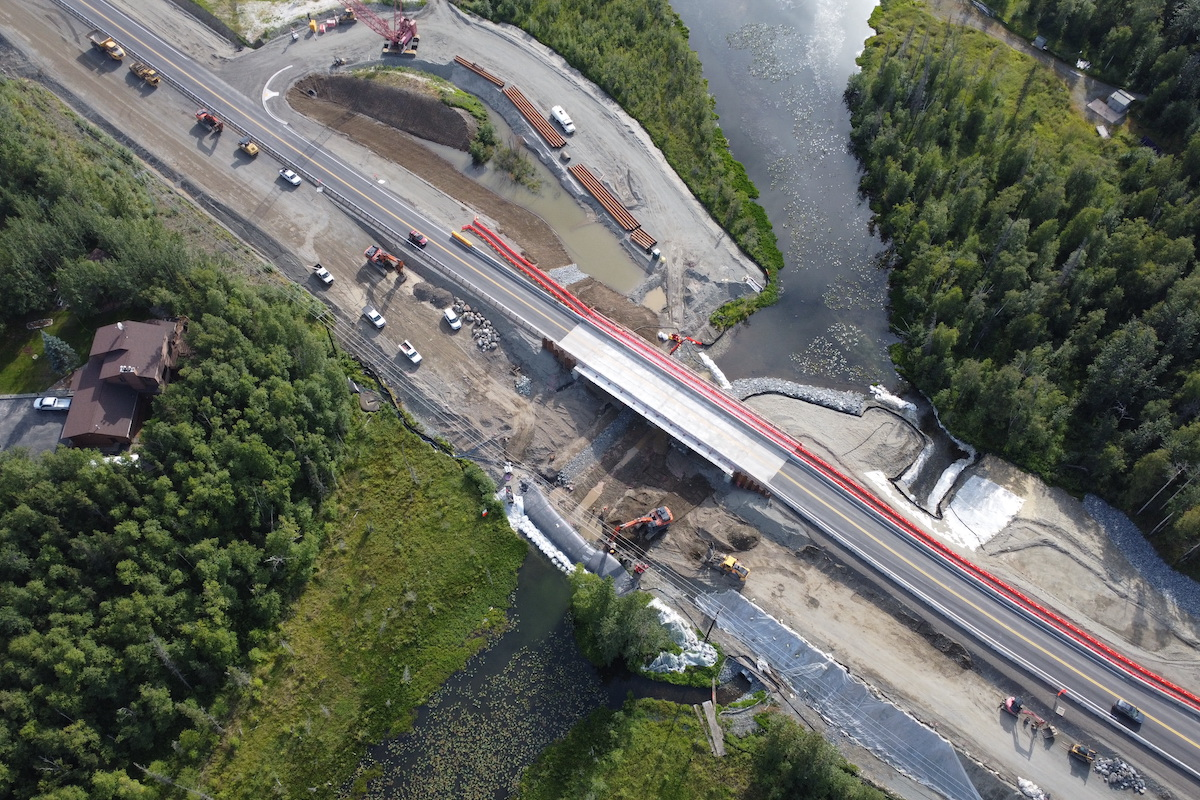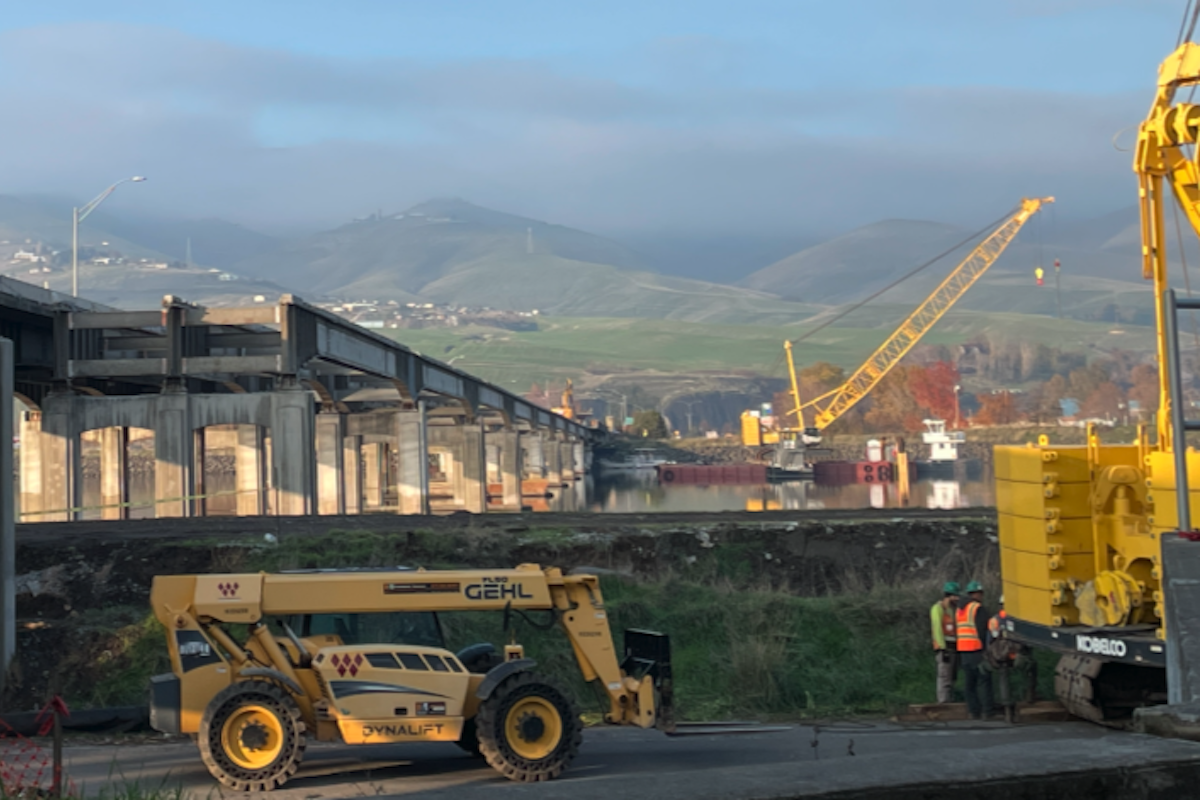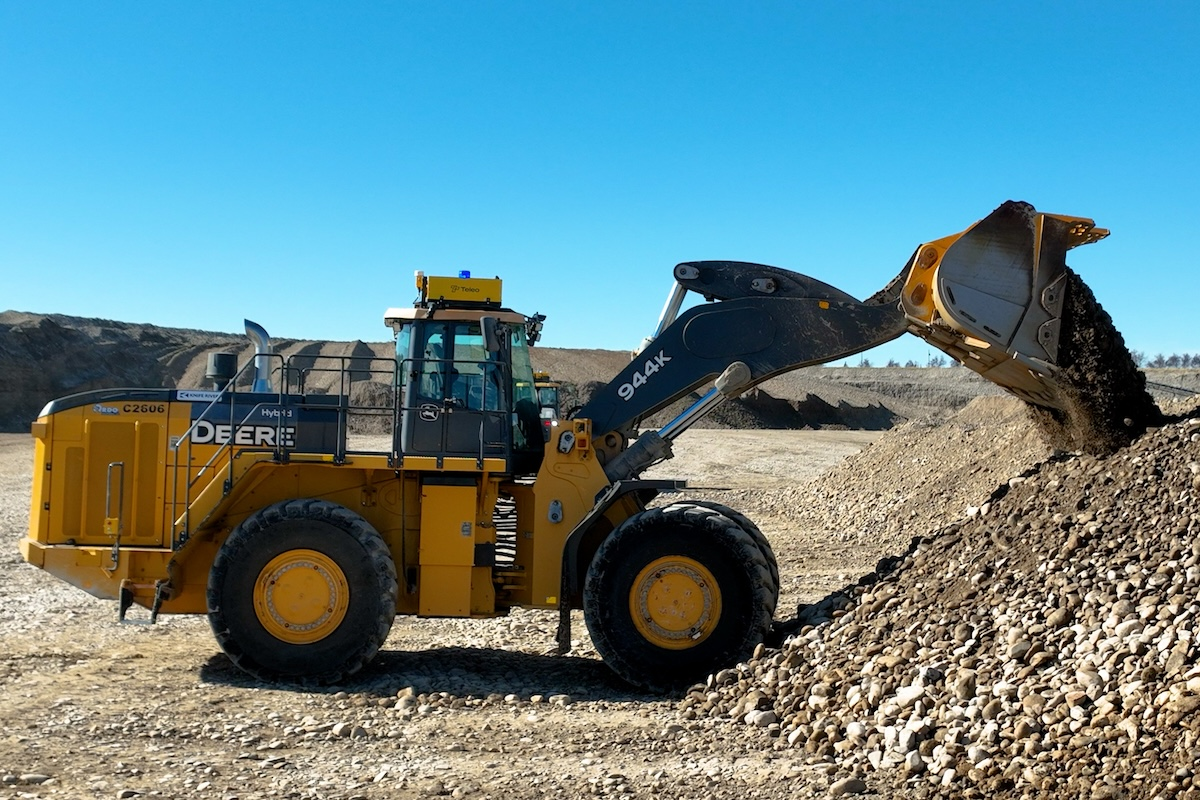Tunista Construction, LLC of Federal Way, Washington, received the contract award for their $5.498 million bid. The project will create and preserve critical habitat for species of concern (e.g., amphibians) and provide significant habitat for migrating birds and many species of waterfowl on the Pacific Flyway.
“This project has a rare opportunity to create and preserve critical habitat in a rapidly developing urban area,” said Jeff Dillon, USACE Seattle District Program Manager. “The local community is actively engaged and motivated to move forward with this restoration opportunity. Downstream habitats are the subject of future restoration actions to establish safe long-term connectivity to the site for Endangered Species Act listed fish species.”
The riparian ecosystem restoration plan includes a created wetted creek channel, removing invasive plants, and installing diverse plantings. Additional tasks include replacing a vehicle crossing and adding a pedestrian boardwalk, to ensure access and limit plant damage. Minor enhancements to pond habitat are also planned.
“This project, which was partially funded through a grant from Washington State taxpayers, will create more places for birds, fish, turtles, salamanders, and aquatic mammals to live,” said Laura Reed, City of Mountlake Terrace Stormwater Manager. “Visitors will be able to interact with a more contemplative park that’s close to home. Collaboration with the Army Corps of Engineers makes habitat restoration possible for over 16 acres of a previous golf course."

| Your local Bobcat dealer |
|---|
| Pape Material Handling |
The Continuing Authorities Program (CAP) authorizes the Corps to plan, design, and construct small scale projects under existing program authorities from Congress. Local governments, agencies, and tribes seeking assistance may request the Corps to investigate potential water resource issues that may fit a particular authority.
Under CAP Section 206 (Aquatic Habitat Ecosystem Restoration), the Corps can restore and protect aquatic ecosystems and wetland habitats to improve the quality of the environment. Examples of projects include channel modifications and wetland restoration. The maximum federal limit is $10 million per project.
Construction is scheduled to begin summer of 2023 and anticipated to run through spring 2024.













